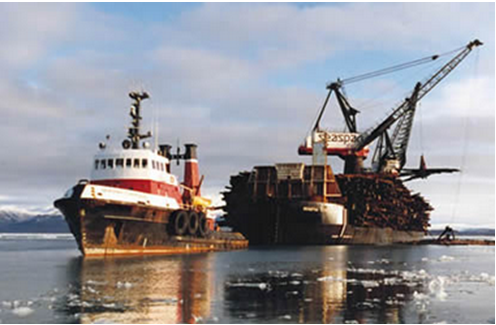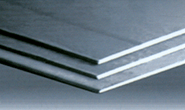Steel Markets

Active Gas & Oil Rig Count: Another 87 Rigs Lost Last Week
Written by Brett Linton
February 6, 2015
According to Baker Hughes data from February 6th, 2015, the U.S rig count for this week is 1,456 rigs exploring for or developing oil or natural gas. This count is a decrease of 87 rigs when compared to last week, with oil rigs down 83 to 1,140 rigs, gas rigs down 5 to 314 rigs, and miscellaneous rigs up 1 to 2 rigs. Compared to last year the 1,456 count is a decrease of 315 rigs, with oil rigs down by 276, gas rigs down by 37, and miscellaneous rigs down by 2.
The Canadian rig count decreased by 13 to 381 rigs this week, with oil rigs down 16 to 184 rigs and gas rigs up 3 to 197 rigs. Compared to last year the 381 count is a decrease of 240 rigs, with oil rigs down by 225 and gas rigs down by 15. International rigs decreased by 55 to 1,258 rigs for the month of January, a decrease of 67 rigs from the same month one year ago. For a history of both the US and Canadian rig count click here.
About the Rotary Rig Count
A rotary rig is one that rotates the drill pipe from the surface to either drill a new well or sidetracking an existing one. They are drilled to explore for, develop and produce oil or natural gas. The Baker Hughes Rotary Rig count includes only those rigs that are significant consumers of oilfield services and supplies.
The Baker Hughes North American Rotary Rig Count is a weekly census of the number of drilling rigs actively exploring for or developing oil or natural gas in the United States and Canada. Rigs considered active must be on location and drilling. They are considered active from the time they break ground until the time they reach their target depth.
The Baker Hughes International Rotary Rig Count is a monthly census of active drilling rigs exploring for or developing oil or natural gas outside of the United States and Canada. International rigs considered active must be drilling at least 15 days during the month. The Baker Hughes International Rotary Rig Count does not include rigs drilling in Russia or onshore China.

Brett Linton
Read more from Brett LintonLatest in Steel Markets

Glenfarne Alaska LNG and POSCO ink preliminary partnership
Glenfarne Alaska LNG and POSCO signed a preliminary strategic agreement during the GasTech Conference in Milan on Thursday.

Steel export volumes remain weak through July
Following a 3% decline in June, the amount of steel shipped outside of the US edged up 1% in July to 623,000 short tons. July was the sixth-lowest monthly export rate since the COVID-19 pandemic, and...

Hot-rolled market participants say ‘doldrums’ to roll on through year-end
Participants in the hot-rolled steel sheet market expect the market to remain subdued through the end of the year.

Market says cutting interest rates will spur stalled domestic plate demand
Market sources say demand for domestic plate refuses to budge despite stagnating prices.

Great Lakes iron ore shipments declined in August
Shipments of iron ore across the Great Lakes dropped to 5 million short tons (st) in August, according to the latest data from the Lake Carriers’ Association. That’s down 9.1% compared to August 2024 and 2% lower than the month’s 5-year average. All told, the year-to-date (YTD) iron ore volumes through August totaled 26.7 million […]

